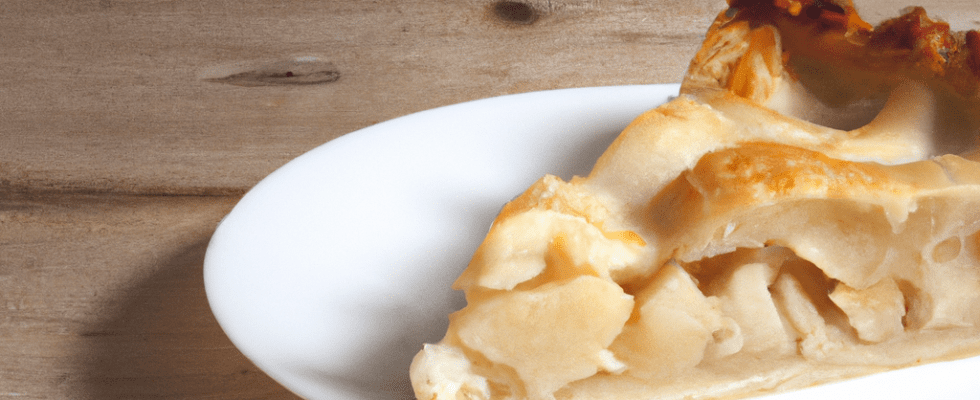Created by an American start-up, Al Food Generator uses Dall-E technology developed by Open AI, the company behind ChatGPT.
While the craze for ChatGPT does not weaken – the site has already exceeded 100 million users – a new artificial intelligence tool could in turn create a stir. This is Al Food Generator, an image generator to create a food photo in seconds from a simple description. At the origin of the tool, the American start-up LunchBox, specializing in the design of software for catering. To create this unique service, the start-up relied on Dall-E technology developed by OpenAI, the company that developed ChatGPT. Like the famous chatbot, Al Food Generator is accessible free of charge to all Internet users throughout the world. Since its launch on January 19, the site has already generated more than 175 million images of dishes.
Read also“Why ChatGPT is more important than pension reform”
Will these photos created from scratch by AI end up on the virtual menus of our favorite restaurants? That’s the whole question. Al Food Generator publishes unique and royalty-free photos, a godsend for establishments that cannot afford the services of professional photographers. “We wanted provide small and new restaurants with access to the same tools offered by large paid platforms», Explains the CEO of LunchBox Nabeel Alemgir in the columns of Business Insider. The intention is laudable, but it is still necessary that the proposed service keep (really) its promises. To get an idea, nothing could be simpler, just try.
The tool allows you to enter a detailed description, mentioning all the ingredients of the dish in question, but it is better to stick to a single keyword, such as “brownies” Or “Apple pie“. For these standardized dishes, the result is rather convincing. But when artificial intelligence tackles the classics of French gastronomy, it is much less convincing: buried under an opaque and greyish sauce the “beef bourguignon“does not really make you want, any more than the”veal stew», where we believe we can discern strange crustacean shells. little risk, a priori, to see French restaurateurs seize this new tool as soon as possible. Especially since in the age of social networks, good visual communication is crucial for catering players. “In the catering sector, those who do well – small establishments or large chains – are those who rely on visual bias, scenography, communicationsaid Dan Cebula, founder of the consulting firm Depur Experiences for Neo Restauration last January. On Instagram, the culinary photos posted by restaurateurs actually compete with each other, each one more polished than the other. Next, the approximate creations generated by Al Food Generator may pale in comparison.
Read alsoAurélie Jean: “Twitter, Facebook, TikTok and Instagram are publishers, not simple hosts”
Not to mention that the photo must remain faithful to the dish actually served, under penalty of provoking the ire of customers. “For traditional brands, as for virtual brands (dark kitchen), the justice of the peace remains the quality of restitution of the product served or delivered.», explains François Charpy, founder of Food Strategy & Performance. By the way, on home platform sites, we don’t mess with the question. contacted by Figaro, UberEats assures that there is “no image of dishes which was generated by AIon the platform. While restaurant owners can upload their own photos to Uber Eats, they are subject to moderation. And in the event that the customer sees himself delivering a dish that does not meet his expectations in view of the photos presented, he can “inform the customer service which will then take care of the investigation and possibly the refund of the order“. To avoid any disappointments, UberEats relies on a culinary photography guide and a professional photography session offered for restaurateurs. Enough to contain the offensive of artificial intelligence… for the moment.
